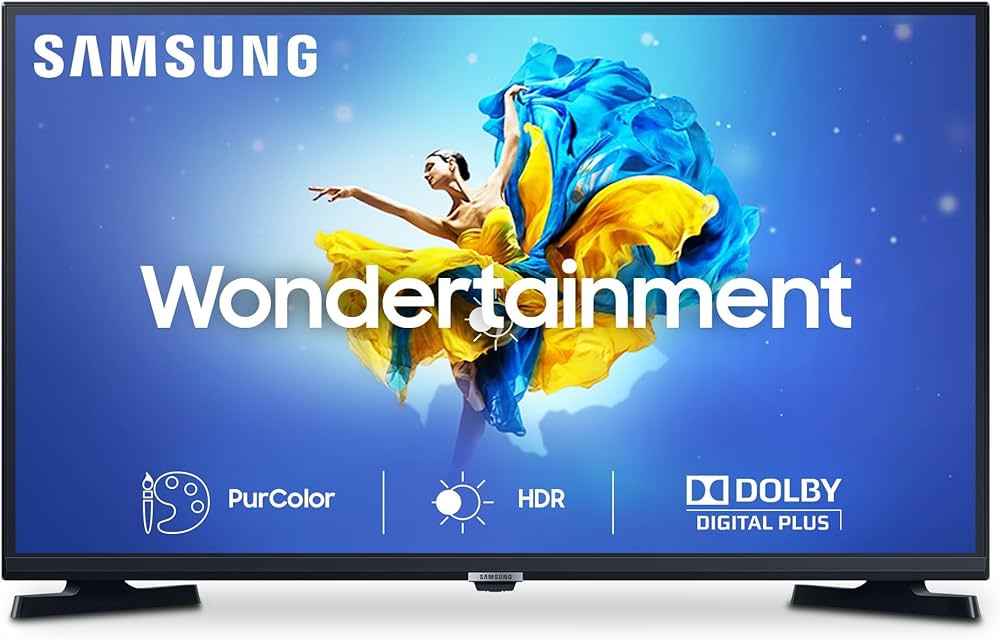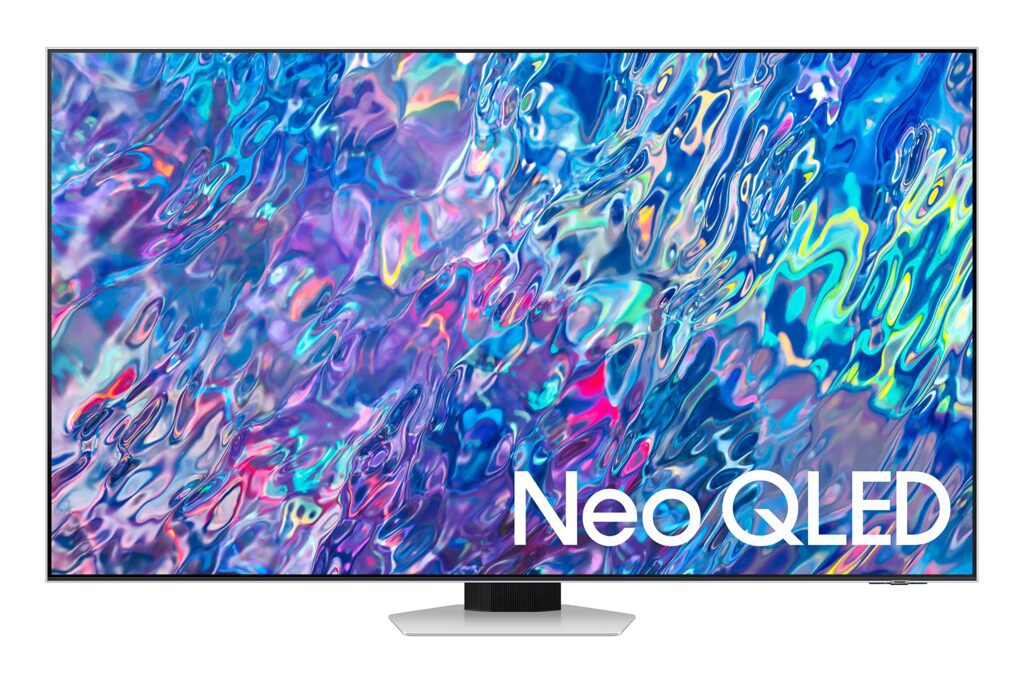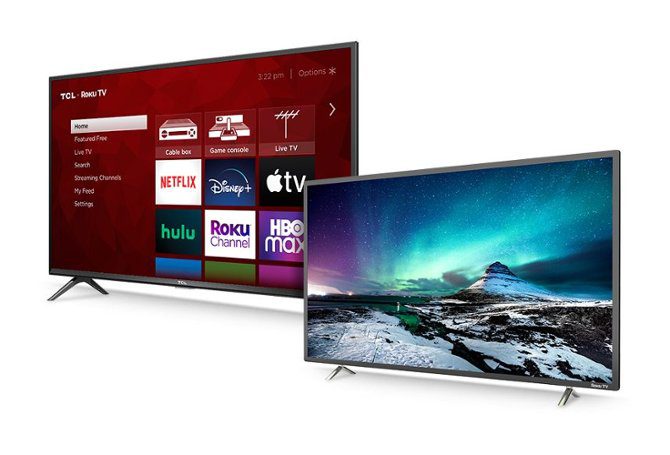If you are looking for a new TV, you might be confused by the different types of screen technologies available in the market. Two of the most popular ones are LED and QLED, which are both based on LCD panels, but have some key differences. In this blog, we will compare LED and QLED TVs, and help you decide which one is better for you.
What is LED TV?

LED TV is the most common type of TV, which uses light-emitting diodes (LEDs) to illuminate a liquid crystal display (LCD) panel. The LEDs can be placed behind the panel (full-array) or along the edges (edge-lit), and can be dimmed or turned off in zones to create contrast and improve black levels. LED TVs are generally affordable, energy-efficient, and offer good brightness and color accuracy. However, they also have some drawbacks, such as limited viewing angles, lower contrast ratio, and backlight bleeding.
What is QLED TV?

QLED TV is a type of LED TV, which uses a quantum dot layer between the LED backlight and the LCD panel. The quantum dots are tiny particles that filter the light and produce more pure and saturated colors. QLED TVs are marketed by Samsung, TCL, and other brands, and offer better color volume, contrast, and brightness than LED TVs. However, they also have some disadvantages, such as higher price, higher power consumption, and lower black levels.
LED TV vs QLED TV: Which One Should You Buy?
The choice between LED and QLED TVs depends on your personal preference, budget, and viewing environment. Here are some factors to consider:
- Price: LED TVs are cheaper than QLED TVs, and you can find a good LED TV for under $500. QLED TVs are more expensive, and you may have to pay over $1000 for a decent QLED TV.
- Size: LED TVs are available in a wide range of sizes, from 24 inches to 85 inches. QLED TVs are usually larger, starting from 43 inches to 85 inches.
- Brightness: QLED TVs are brighter than LED TVs, and can reach up to 2000 nits of peak brightness. LED TVs are less bright, and can reach up to 1000 nits of peak brightness.
- Color: QLED TVs have better color performance than LED TVs, and can cover up to 100% of the DCI-P3 color gamut. LED TVs have lower color performance, and can cover up to 80% of the DCI-P3 color gamut.
- Contrast: LED TVs have lower contrast ratio than QLED TVs, and can produce up to 5000:1 of native contrast. QLED TVs have higher contrast ratio, and can produce up to 10000:1 of native contrast.
- Black Level: LED TVs have worse black level than QLED TVs, and can produce up to 0.05 nits of black level. QLED TVs have better black level, and can produce up to 0.01 nits of black level.
- Viewing Angle: LED TVs have narrower viewing angle than QLED TVs, and can lose color and contrast when viewed from the sides. QLED TVs have wider viewing angle, and can maintain color and contrast from different angles.
- HDR: QLED TVs have better HDR performance than LED TVs, and can support HDR10, HDR10+, and Dolby Vision formats. LED TVs have lower HDR performance, and can only support HDR10 format.
Conclusion
QLED TVs are better than LED TVs in terms of picture quality, but they are also more expensive and consume more power. LED TVs are cheaper and more energy-efficient, but they have lower picture quality. Therefore, if you want the best colors, contrast, and brightness, and you don’t mind paying more, you should buy a QLED TV. If you want a more affordable and eco-friendly option, and you are satisfied with good colors, contrast, and brightness, you should buy a LED TV. Thank you for reading.

